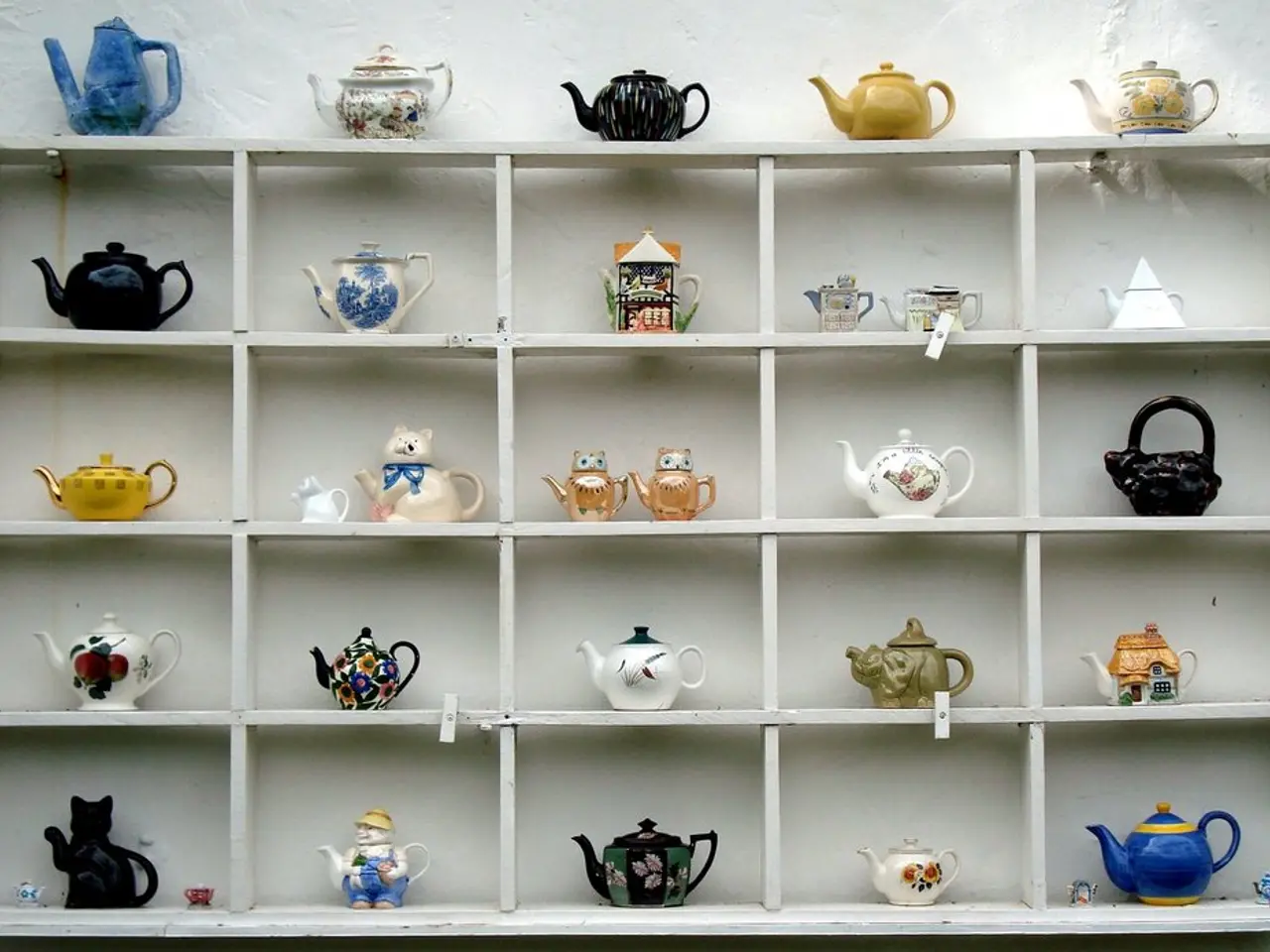Step-by-Step Guide for Easy Ceramics: A Newbie's Handy Resource
Ceramics, a versatile art form made from clay hardened by heat, offer a vast array of possibilities for artistic expression. Beyond the basic techniques of pottery wheel and hand-building, there are numerous advanced decoration methods that enhance the aesthetic appeal and functionality of ceramic pieces. Here are seven such techniques that can transform your ceramic creations:
## 1. Oxidation Firing
Oxidation firing is a technique that offers a range of possibilities for creating complex textures and patterns on ceramic surfaces. By controlling the firing atmosphere, artists can achieve specific effects, such as rich colors and textures. This technique is ideal for those who want to experiment with their ceramics and create unique, visually stunning pieces.
## 2. Majolica Decoration
Majolica is a centuries-old technique that involves applying low-fire glazes to create vibrant, colorful designs. Originating in the Middle East, this technique is experiencing a renaissance among potters today. Majolica allows for intricate and detailed work on ceramic surfaces, making it an excellent choice for those who appreciate fine craftsmanship.
## 3. Sgraffito and Other Scratching Techniques
Sgraffito is a technique that involves scratching through a layer of slip to reveal the underlying material, creating detailed designs and patterns. Other scratching techniques can be used to add texture and visual interest to ceramics. These techniques are perfect for those who want to add a unique touch to their ceramics and create pieces that stand out.
## 4. Slips and Underglazes
Using slips and underglazes can add color and texture to ceramics. Slips are liquid clays that can be applied to the surface, while underglazes allow for detailed brushwork and layering to achieve unique designs. These techniques are ideal for those who want to experiment with their ceramics and create pieces with a distinctive look.
## 5. Wax Resist and Layering Methods
These techniques involve applying wax to areas of the ceramic to resist glazes or slips, allowing for multiple layers and intricate designs. The wax is removed after firing, revealing the resisted areas. These techniques are perfect for those who want to create pieces with a 3D effect and a unique, layered appearance.
## 6. Hand-Painting and Brushwork
Hand-painting with glazes or underglazes allows for precise control over color and design. Brushwork can range from delicate patterns to bold statements, depending on the style and technique used. These techniques are ideal for those who want to create pieces with a personal touch and a unique, handcrafted feel.
## 7. Stenciling and Masking Techniques
Stenciling and masking involve using templates or masks to apply precise designs or patterns. These techniques are useful for creating uniform or intricate designs on ceramics. They are perfect for those who want to create pieces with a professional finish and a consistent, polished appearance.
These techniques can be combined in various ways to achieve unique and complex designs, making ceramics not just functional but also visually stunning pieces of art. The key to making ceramics is patience and practice. With time and dedication, you can master these techniques and create beautiful, one-of-a-kind ceramic pieces.
Apart from traditional pottery wheel and hand-building methods, online education platforms offer classes on advanced ceramic techniques such as oxidation firing, majolica decoration, sgraffito, slips and underglazes, wax resist and layering methods, hand-painting, and stenciling and masking. These online courses cater to various skill levels and can help you develop your artistry, elevating your home-and-garden or lifestyle through unique ceramic creations. Education and self-development in ceramics can also expand your knowledge, contributing to the richness of your personal learning experience. Mastering these techniques will enable you to create sculptures, drawings, and home decor that reflect your education and self-development journey, fulfilling your passion for ceramics and art.




